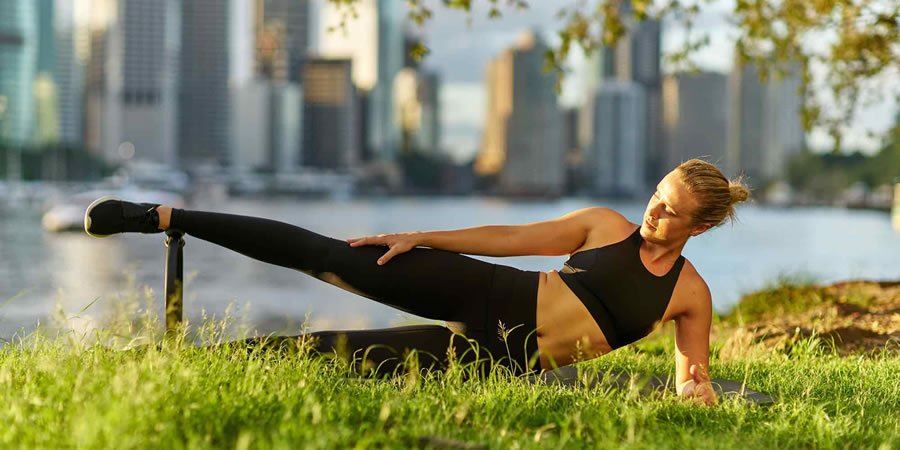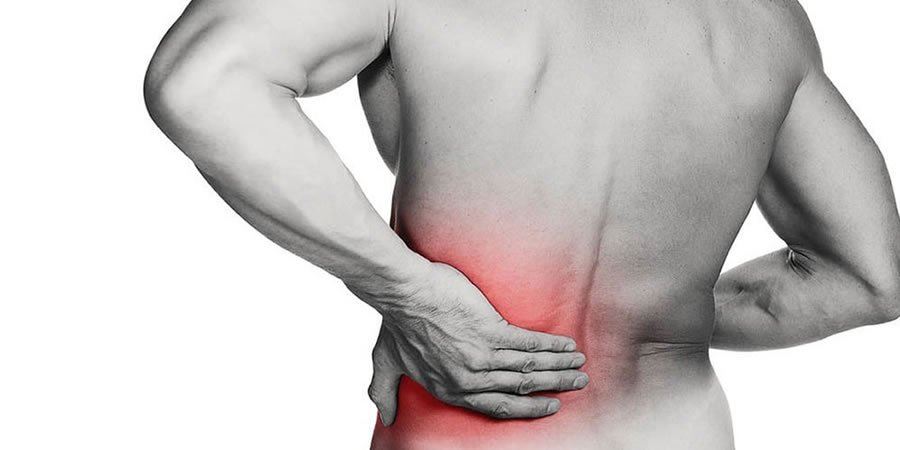The majority of people who suffer from back pain have never stepped into a Pilates studio, let alone know the benefits of it. But as devotees of this exercise know, Pilates is much more than stretching the body. It can go a long way to treating and even preventing back pain.
Back pain is on the increase, and a recent study has found that lower back pain causes more disability than any other condition, affecting nearly 1 in 10 people.
Consultant neurosurgeon Mr Bhupal Chitnavis at London Bridge Hospital says:
“It appears back pain is on the increase, partly through increase in the numbers of older people, partly from obesity, partly from our increasingly sedentary lives and potentially from doing the wrong exercises and sport injury.”
So how can Pilates help?
Pilates promotes a strong and flexible spine
Pilates can strengthen and train the small and large muscles attached to the spine. These muscles are important for coordinating movements.
Lynne Robinson, Pilates Guru and co-founder of Body Control Pilates says that this strength of the spine must be balanced with flexibility.
“The goal of Pilates is to make the spine both stable and mobile. We teach clients how to move their spine sequentially with control. This entails re-educating movement patterns and working on the deep back and abdominal muscles which support the spine.”
She also says that Pilates is the perfect choice of exercise for anyone concerned with the health of their back because it puts you back in control of your body.
“A strong and flexible spine is high on our list of priorities. Joseph Pilates wrote that ‘If your spine is inflexibly stiff at 30, you are old, if it is completely flexible at 60, you are young.”
Pilates can improve your posture
If you don’t work to keep your body in it’s correct alignment, you can end up with back and neck problems later on. A good posture allows the optimum distribution of force through the body so the musculoskeletal system can function properly and protect against injury and deterioration. If the spine is not held straight, the internal organs are crowded, which can reduce their effectiveness.
Pilates can strengthen the body’s own muscular ‘corset’ that supports and protects the body during everyday movements. This corset of muscles around the torso often becomes weak after years of poor posture.
What to be aware of when doing Pilates with back pain
If you are going to try Pilates for back pain, Lynne recommends the following:
- Take your time to do the exercises properly and practice at home too.
- Take what you learn in class into your daily life and sit, stand and walk tall. Don’t slouch.
- Lift carefully. If you have to lift a heavy object stand square to it and bend from your hips and knees, keeping your back straight.
Staying to in bed relieve back pain is not a good solution other than in the very short term, advises Mr Bhupal. Most doctors now advise anyone with nonspecific chronic low back pain to stay active and keep moving. Lynne also advises
“Keep moving. Don’t be tempted to stay in bed, it is movement that will get your back strong again.”
Source: https://www.netdoctor.co.uk/healthy-living/wellbeing/a27162/pilates-for-back-pain/









